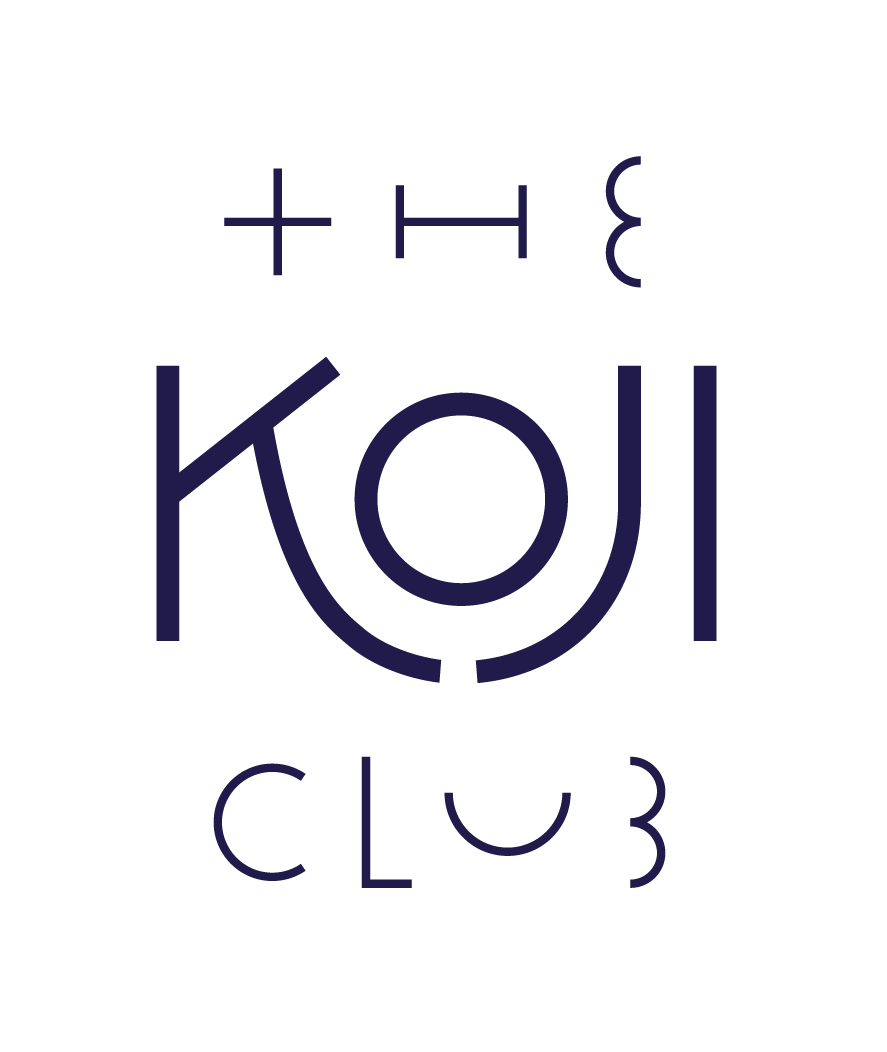Cloudy
This post is part of The Koji Club BINGO. Play the game to win a karaoke party and build your sake chops in the process. Learn more here.
What is Nigori?
Commonly referred to as “unfiltered” sake, nigori literally translates to “cloudy” and refers to sake that has a bit of the fermentation mash in the bottle.
How Nigori is Made
Nigori can be made by either pressing sake – separating the liquid from the fermented rice solids, known as kasu – and then adding some of that mash back to the tank or by using a press with a loose enough mesh to allow for some of the kasu to pass through.
Since kasu is the fermentation mash of rice that has been converted into sugar, it is inherently sweet and full of umami which makes it a great ingredient to cook, bake and pickle with. Try our sake kasu cake recipe here.
Nigori’s natural sweetness makes it an excellent sidekick to both sweet and spicy food. A chilled can of Tozai Snow Maiden serves as both a mouth-cooling respite to chile-laden Sichuan or Thai and a well-matched companion to ice cream or chocolate.
Though nigori is as food-friendly as any other sake, do keep in mind that a glass can have up to three times the calorie count of non-cloudy sake. For this reason, we typically stick with regular, fully-pressed sake when dining out or enjoying a big meal to keep from filling up too quickly.
Despite its popularity in the U.S., nigori only makes up a tiny percentage of the sake industry in Japan. Since it is such a small corner of the market, nigori ranges widely in style, from barely-cloudy “usunigori” to thick, creamy styles reminiscent of a smoothie. Most often, the style of nigori simply depends on the head brewer’s own stylistic preference.
It’s worth noting that nigori also skips the conventional step of charcoal filtration post-pressing. For this reason, nigori is by default a muroka-style of sake even if it doesn’t say it on the label.
Muroka: non-(charcoal)filtered sake
Charcoal filtration — where a tiny bit of charcoal powder is added to the freshly-pressed sake and then mechanically filtered out — was introduced to sake production about 60 years ago. Since then, it has since been incorporated into conventional sake production for its ability to clarify and stabilize the sake for improved transportability and shelf life.
While we’re on the subject of Muroka…
Charcoal filtration not only removes sake’s natural straw-yellow color, but also lifts the body and focuses the flavors by removing any wildcard “funk” that emerged from the fermentation process; a characteristic regarded as a flaw for the past few decades.
Yet, like any trend, what’s old is new again and many modern-day sake drinkers seek out muroka-style sakes precisely for the funky flavors and fuller body that pair so well with cheese, charcuterie, and steak.
How to find the right nigori sake for you
Since nigori is intentionally more rustic, a high rice polishing rate is not what we look for in this sake. Simply answer a few questions about your own drinking preferences to find your ideal nigori style: Do you enjoy something full-bodied or light? On the sweet side or more savory? Will you be enjoying it with dinner or dessert? As always, the most important factor to your sake-drinking enjoyment is you.
EARN YOUR BINGO STICKER
This post is part The Koji Club Bingo Game. To complete the Bingo square, follow the steps below:
Step 1. Join us at The Koji Club bar for a glass of nigori sake.
Step 2. Present your BINGO card to the bartender for a sticker.
Step 3. If the square completes Bingo, post a picture of your winning Bingo card on Instagram with the hashtag #DrinkGoodSake and tag @the.koji.club. This is your entry to win a Karaoke Party at The Koji Club! Play as many times as you want entries. Winners will be drawn monthly.
EXTRA CREDIT: Post a picture of your sake with your own tasting notes (the wilder the better!) and the #DrinkGoodSake hashtag. Don’t forget to tag @The.Koji.Club to make sure we see it!

